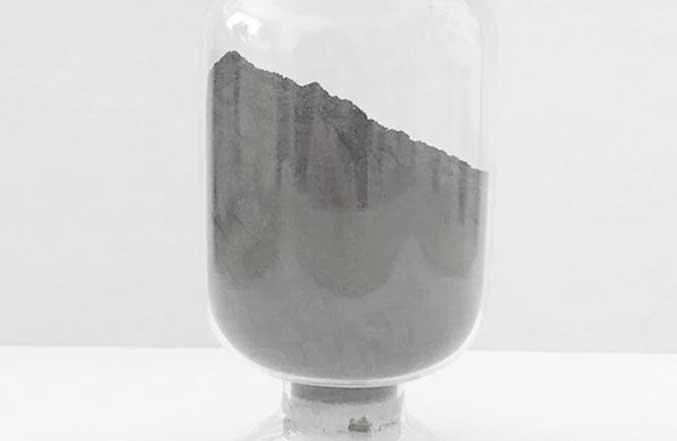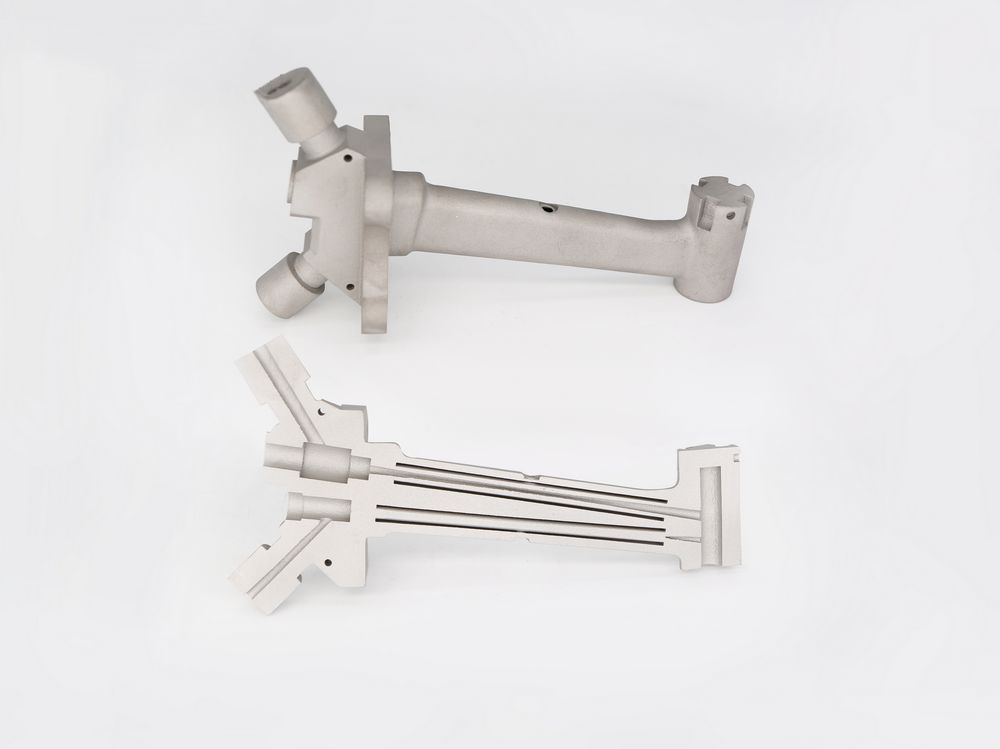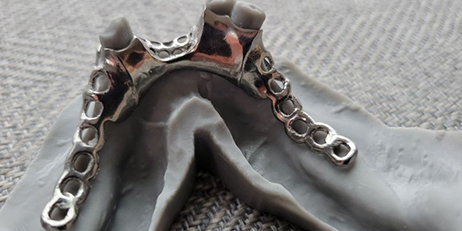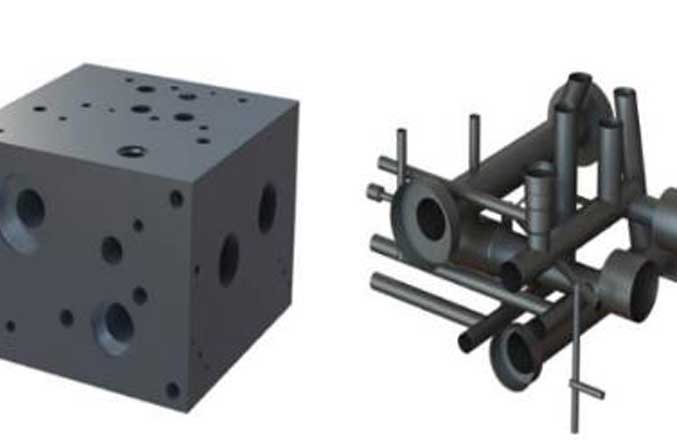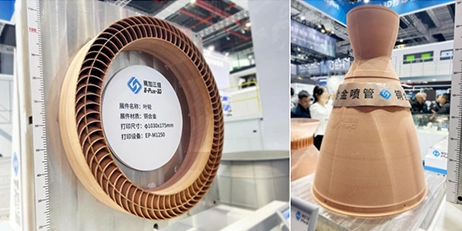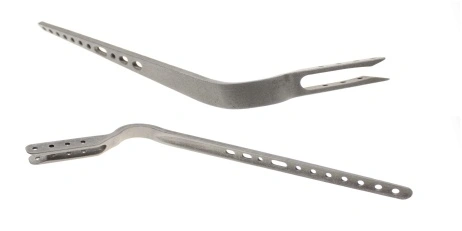Metal 3d printed implants are widely used in orthopedics field, especially artificial joints. The common metal materials involved in medical implants include: 316/316L stainless steel, Ti6Al4V, cobalt-chrome alloy.
316/316L Stainless Steel
Stainless steel is the earliest implant material for human body, especially austenitic stainless steel, which has good biocompatibility and affordable price. It is often used in artificial joint or fracture area fixator, etc. However, the stainless steel is sometimes corrosive in the physiological environment.

Property | MPBF Technology | Casting |
Tensile Strength/Mpa | 480-760 | 450-818 |
Yield Strength/Mpa | 350-640 | 150-230 |
Elongation at Break/% | 10-30 | 50-62 |
Hardness/HV | 220-279 | 133-140 |
Cobalt-Chrome Alloy
The corrosion resistance and wear resistance of cobalt-chrome alloy are better than that of stainless steel. But its higher price is also a drawback that has to be mentioned. It is mainly used as alternative materials for joints and teeth.
Property | MPBF Technology | Casting |
Tensile Strength/Mpa | 562-884 | 296-568 |
Yield Strength/Mpa | 951-1308 | 296-568 |
Elongation at Break/% | 10.2-16.4 | 8-10.7 |
Hardness/HV | 458.3-482 | 324-384.8 |
Ti6Al4V
Ti6Al4V has been widely used in biomedical fields due to its excellent biocompatibility, corrosion resistance and mechanical strength.
The elastic modulus is closer to bone than that of stainless steel and cobalt-based alloy. It is used to manufacture implants on joints, sternum, skull and interventional cardiovascular stents.
Property | MPBF Technology | Casting |
Tensile Strength/Mpa | 1250-1267 | 934-1173 |
Yield Strength/Mpa | 1110-1125 | 862-999 |
Elongation at Break/% | 6-7 | 6-7 |
Hardness/HV | 479-613 | 294-360 |
With the continuous development of 3d printing technology, there would be more 3d printing materials to be explored ahead. Eplus3D provides accessible 3d printing material for medical implants. Welcome to discuss with us for more information.
